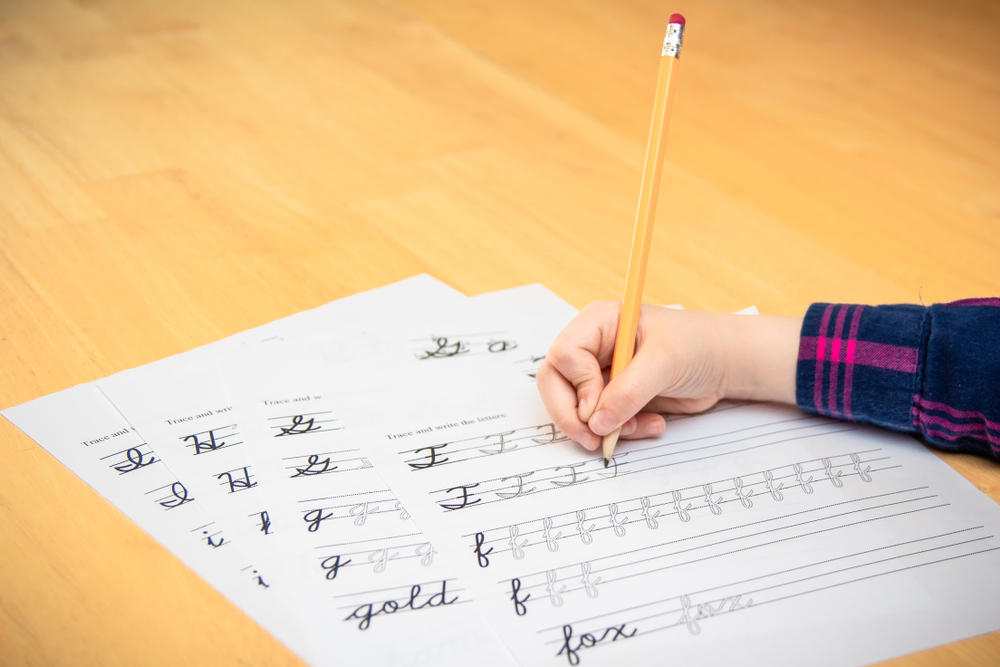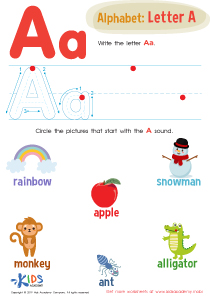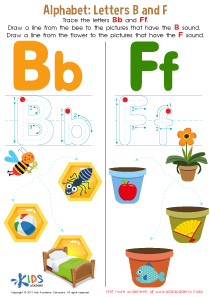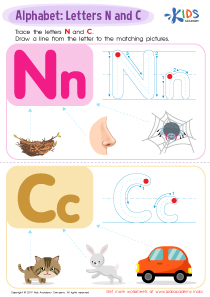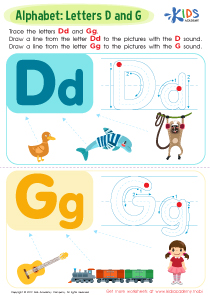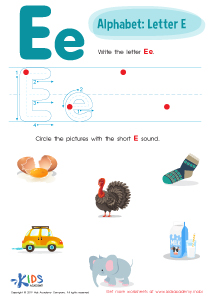Letter I Worksheets for Ages 4-7
5 filtered results
-
From - To
Explore our engaging Letter I worksheets designed for children aged 4-7! These fun and interactive resources aim to enhance early literacy skills by familiarizing young learners with the letter I. From tracing activities to creative coloring, our worksheets provide a variety of exercises that make learning enjoyable. Children will develop their fine motor skills while recognizing the shape and sounds of the letter I, all within a playful and educational framework. Perfect for parents and teachers, our Letter I worksheets offer a valuable tool to support early reading and writing development. Download and watch your child’s love for learning grow!
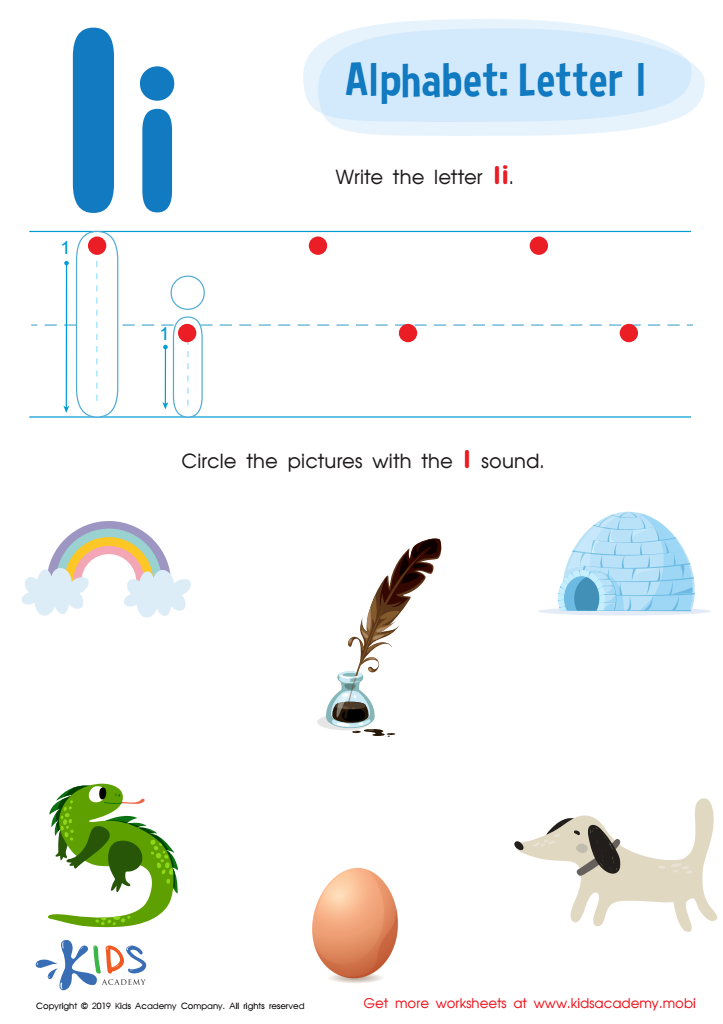

Letter I Tracing Worksheet
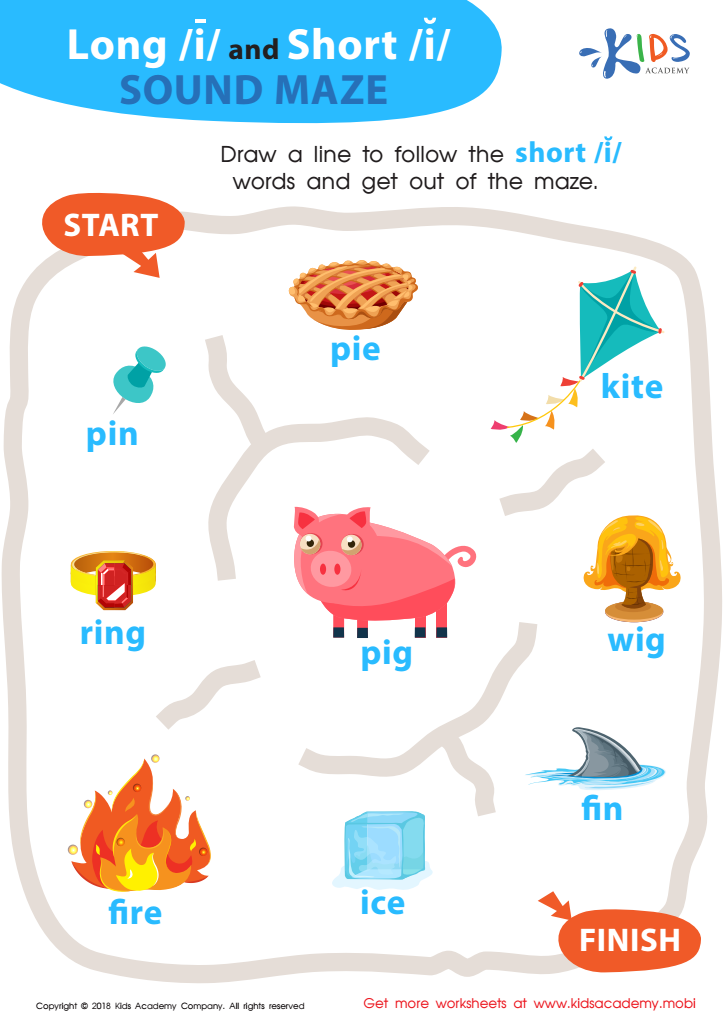

Reading: Long I and Short I Sound Maze Worksheet
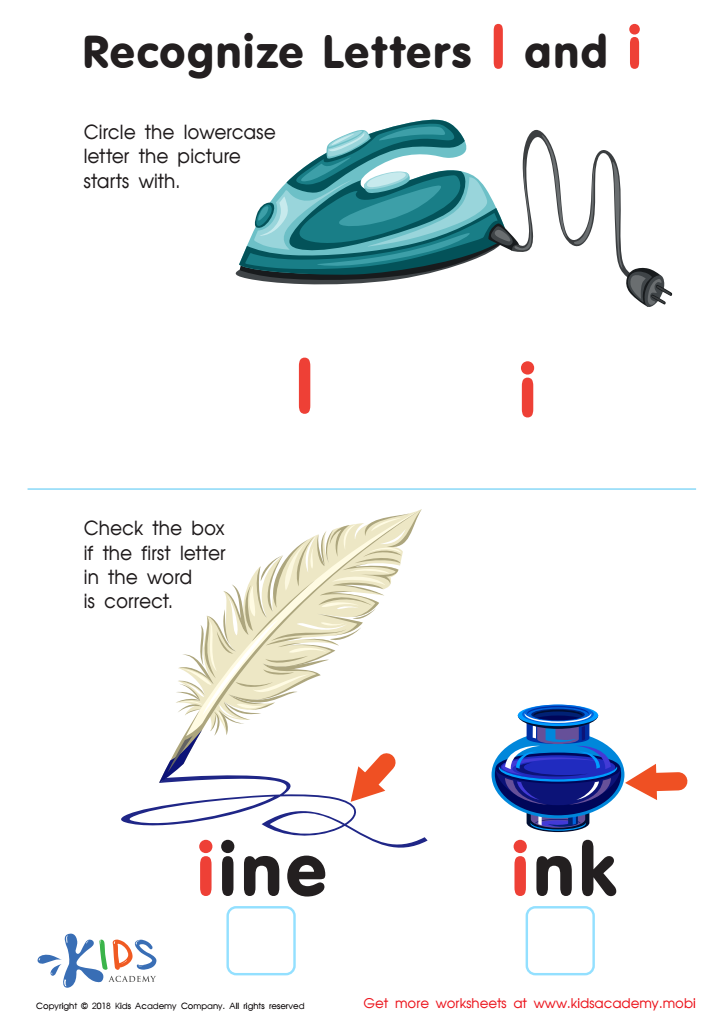

Recognize Letters l and i Worksheet
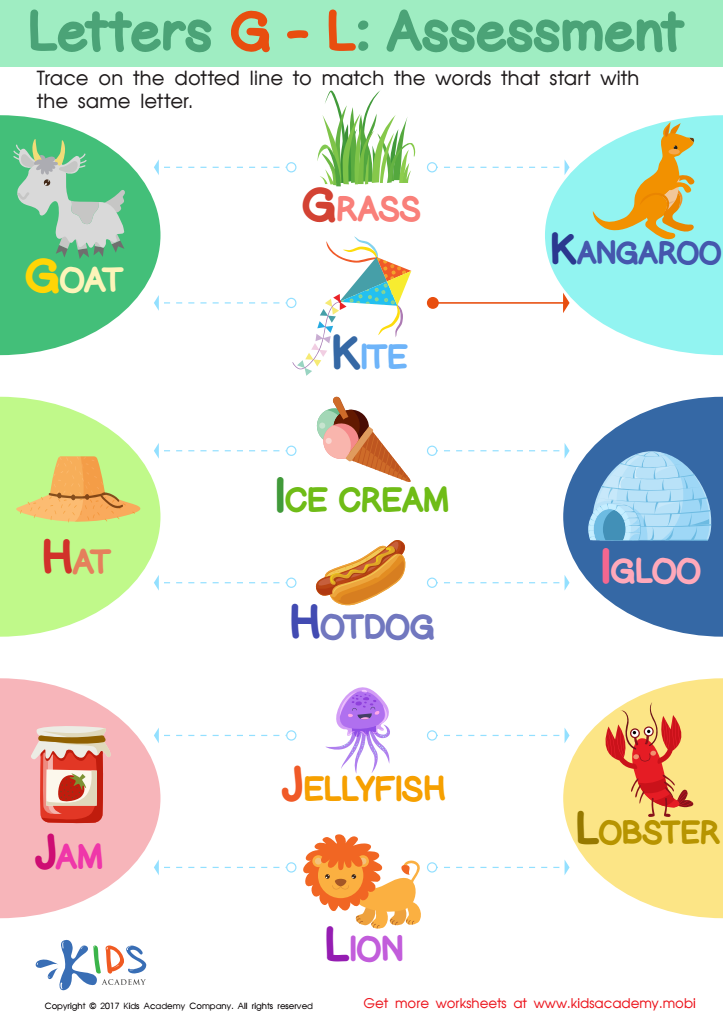

Letters G-L Worksheet
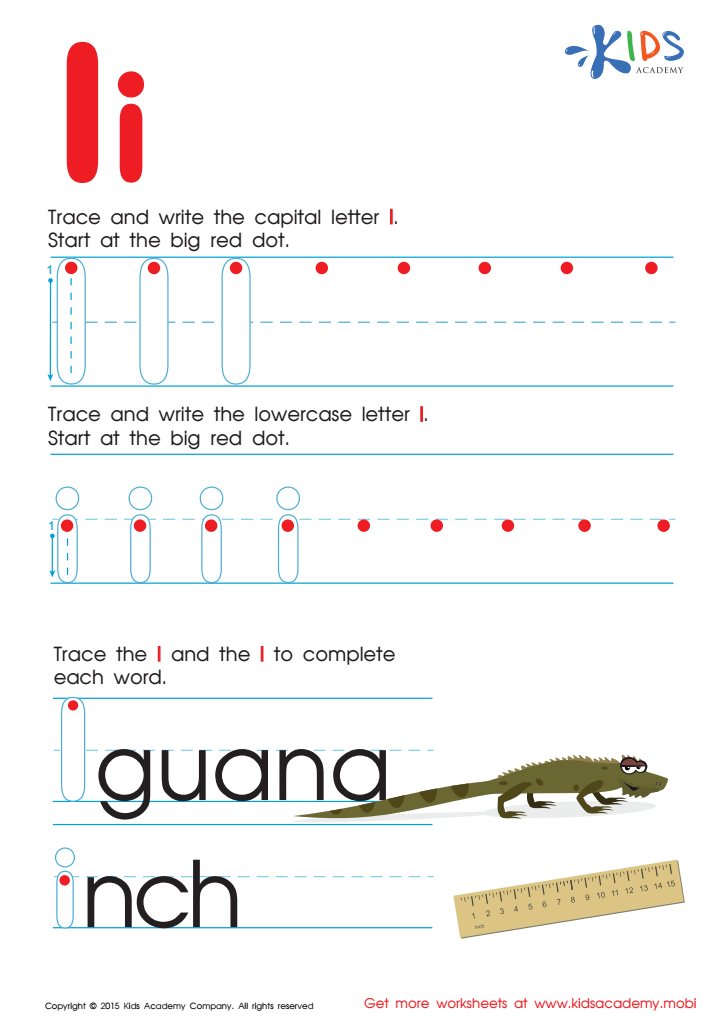

Letter I Tracing Page
Understanding the letter "I" is crucial for children ages 4-7 because it is foundational to their literacy development. As an individual letter, "I" has multiple roles; it can serve as both a standalone vowel and as a pronoun indicating self-identity, which fosters self-awareness in young learners. Teaching the letter "I" helps children recognize its shape, sound, and usage in words, enhancing their phonemic awareness, which is essential for early reading and writing skills.
Furthermore, incorporating "I" into learning opens up opportunities for vocabulary expansion. Words like "ice," "insect," or "interesting" introduce children to a variety of objects and concepts. When paired with the pronoun "I," children begin constructing sentences, promoting basic grammar skills and helping them express thoughts and feelings.
Additionally, fostering engagement with the letter "I" can make learning fun through activities like drawing or tracing the letter, identifying its shape in everyday life, and storytelling, encouraging creativity and deeper learning. When parents and teachers prioritize learning letters like "I," they lay a strong foundation for emergent literacy, which is essential for academic success and lifelong learning.Recognition and practice with "I" set the stage for confidence in reading and writing endeavors.

 Assign to My Students
Assign to My Students




